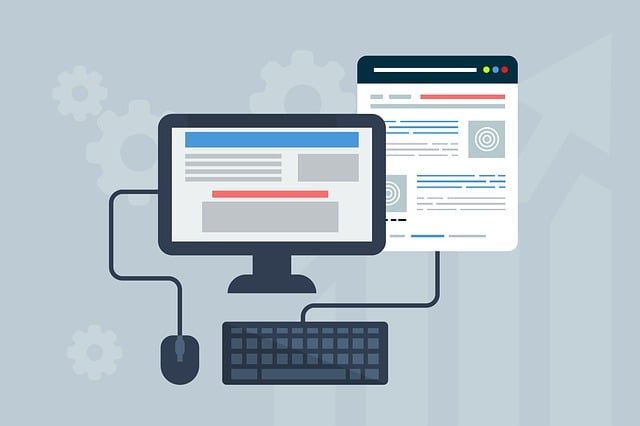In the competitive Houston web design market, fast website loading times are key for user experience and search engine rankings. Techniques like minimizing image sizes, leveraging content delivery networks (CDNs), efficient coding, optimizing server responses, compressing data transfer, and prioritizing visible content ensure visitors enjoy seamless browsing, leading to longer stays and higher conversion rates. Slow loading speeds negatively impact user satisfaction, bounce rates, and SEO rankings, so efficient Houston web design strategies like optimizing images, minimizing HTTP requests, browser caching, and using CDNs are crucial for attracting and retaining customers.
In the competitive digital landscape, a Houston web design that prioritizes speed and efficiency is crucial for capturing and retaining users’ attention. With a vast number of devices accessing websites, ensuring optimal performance across all screens is essential for delivering an exceptional user experience. This article guides Houston businesses through proven strategies to optimize website speed, enhance mobile responsiveness, and implement efficient designs, making their online presence as fast and engaging as possible.
- Optimizing Website Speed for All Devices: A Houston Web Design Guide
- – 1.1 Understanding the Impact of Slow Loading Websites
Optimizing Website Speed for All Devices: A Houston Web Design Guide

In the competitive digital landscape, a fast-loading website is crucial for any Houston web design. It’s not just about aesthetics; it directly impacts user experience and search engine rankings. Optimizing website speed ensures that visitors, regardless of their device or internet connection, enjoy seamless browsing. A well-optimized site loads quickly on desktops, tablets, and mobile phones, encouraging longer visits and higher conversion rates.
Houston web designers can achieve this by leveraging various techniques, such as minimizing image sizes, utilizing content delivery networks (CDNs), and implementing efficient coding practices. Additionally, optimizing server response times, compressing data transfer, and prioritizing visible content over non-critical elements are proven strategies to enhance website speed across all devices.
– 1.1 Understanding the Impact of Slow Loading Websites

In the competitive digital landscape, particularly in the realm of Houston web design, a website’s performance is a key differentiator. One of the critical aspects that can make or break a user’s experience is the loading speed. Slow-loading websites often lead to higher bounce rates and decreased user satisfaction, impacting not just individual visitors but also search engine rankings. This is because search engines prioritize delivering fast and efficient web experiences to users.
When a website takes too long to load, especially on mobile devices where data connections can be less stable, it creates a frustrating experience for potential customers or clients. In today’s fast-paced world, folks are accustomed to instant gratification, and a slow website can deter them from engaging further with your brand or business. Efficient Houston web design should focus on optimizing images, minimizing HTTP requests, leveraging browser caching, and utilizing content delivery networks (CDNs) to ensure that websites load quickly and seamlessly across all devices.
In the competitive landscape of Houston web design, where users expect instant gratification, optimizing website speed is no longer a luxury—it’s a necessity. By implementing effective strategies, Houston-based designers can ensure their websites load quickly and efficiently across all devices. This not only enhances user experience but also boosts search engine rankings, ultimately driving business success.
